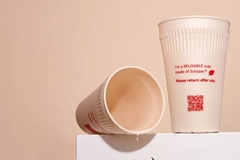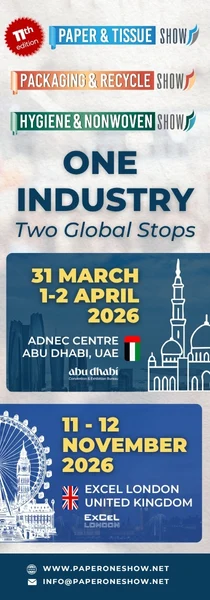Council adopts chemicals regulation for European circular packaging and business cost cuts
The Council of the EU has adopted a regulation on the classification, labeling and packaging of chemical substances (CLP).
The regulation includes new rules for selling chemicals in refillable containers, aimed at reducing packaging waste, supporting the circular economy and lowering businesses’ packaging costs.
Jerker Ligthart, senior chemicals advisor at ChemSec, says that he supports the adoption of CLP regulation, “with many of the good intentions kept from the Green Deal and CSS [EU Chemicals Strategy for Sustainability].”
“In particular, the inclusion of additional end-points like endocrine disruption as well as persistent, bioaccumulative and toxic substances (PBT), very persistent and very bioaccumulative substances (vPvB), persistent, mobile and toxic substances (PMT) and very persistent and very mobile substances (vPvM) criteria has been highly wanted for a long time,” Ligthart tells Packaging Insights.
“It is amazing that an end-point like endocrine disruption and PBTs/vPvBs, which were included in REACH almost 20 years ago, has taken this long to get its dedicated classifications in the CLP.”
The fact that substances meeting the criteria as Substances of Very High Concern (SVHCs) for these reasons could avoid mention in safety data sheets due to a lack of classification criteria has been very problematic and we are very happy that this loophole is now finally being closed.
Ligthart says that the CLP regulation marks a milestone in the implementation of the Green Deal, “and we are hoping it will not be the last one. The new European Commission (EC), once in place, has a lot of work left from the departing one to finish.”
 Under CLP, most chemical products will bear a physical label while digital labels are also an option for suppliers.How will CLP affect the packaging industry?
Under CLP, most chemical products will bear a physical label while digital labels are also an option for suppliers.How will CLP affect the packaging industry?
The new hazard classes and the harmonized classification of chemicals belonging to them will imply increased labeling obligations for companies, a Council spokesperson tells Packaging Insights.
“However, these increased requirements will be toned down by the simplifications that are foreseen for labeling of substances and mixtures which will help SMEs in particular,” they explain.
Most chemical products will bear a physical label while the digital label may also be an option for suppliers. The regulation also introduces measures to make the labels clearer and easier to read in particular for people with sight difficulties.
“For certain products, the supplier can provide digital-only data, although a consumer can always request a physical copy of the product information. For products purchased in refill stations, the provisional agreement aims to reduce the associated risks (overfilling, contamination, operation by children, etc.),” says the spokesperson.
“The use of new labeling technologies will enable companies to take advantage of economies of scale. Further derogations will be introduced for chemicals sold to consumers in bulk, such as fuel and in very small packaging, such as various writing instruments.”
Taking account of new hazards
The CLP Regulation has ensured a well-functioning Single Market for chemicals and a high level of protection for human health and the environment since 2008.
But the Council spokesperson tells us that the EC’s analysis showed that the regulation should be updated to take account of scientific and technological progress or market developments such as the online market and refilling stations for chemicals.
“A targeted update of the regulation was needed to optimize labeling rules. The revision addresses existing gaps and ensures more complete information about chemical hazards, as well as clarifies the roles of different involved parties (manufacturers, importers, distributors),” they explain.
“The revision addresses, among other issues, diverging classifications in the inventory and inefficiencies in classifying procedures.”
Its scope is also to codify labeling in a more consumer-friendly way — via physical and digital labeling — while clarifying any exemptions of the labeling rules for certain categories of packaging and provisions for refill stations.
“Clear rules and stricter responsibilities for suppliers are included for products placed on the EU market but coming from 3rd countries, especially those through online commercial activity.”
Following the Council’s approval, the legislative act has been adopted.
After the signing of the act by the President of the European Parliament and the President of the Council, the new CLP regulation will be published in the Official Journal of the EU and will enter into force 20 days later.











